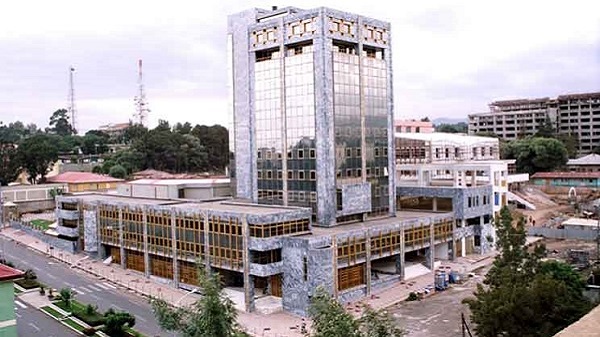
Ethiopia: Impacts of the Birr Devaluation on Inflation1
On October 10, 2017, the National Bank of Ethiopia (NBE) devalued the Birr by 15 percent as pressures on the foreign exchange intensified.² According to the Government, the devaluation was undertaken to encourage exports and overcome the foreign exchange shortage.³ Exports, which with remittances constitute Ethiopia’s main source of foreign exchange, have seriously underperformed in recent years (as compared to the Government’s objective in its Development Plan). Foreign reserve decreased from around USD4 billion or 2.5 months of imports at end-2015 to USD3.2 billion or 2 months of imports in June 2017.
The forex pressure stemmed from an overvalued real effective exchange rate. After a brief decline following the 17 percent devaluation of the Birr in 2010, the real effective exchange rate (REER) started appreciating again in 2011. Since 2014, and notwithstanding the depreciations of the official exchange rate against the US dollar by 6 percent in 2015/16 and 5.8 percent in 2016/17, the pace of appreciation continued unabated. The REER overvaluation of the Birr was estimated at 30 percent in FY15 and 20 percent in FY17.4 The premium in the parallel foreign exchange market reached 20 percent on the eve of the October devaluation.
The appreciation of the REER has been a drag on competitiveness and on the restoration of external balances for several years. Recent empirical analyses conducted by the World Bank, the IMF and others all conclude that the Ethiopian economy has been suffering from an overvalued exchange rate. These analyses also generally underlined that a more competitive real exchange rate would provide a more conducive environment to manufacturing-led structural transformation, sustained growth acceleration, and improved external balance.5 Specifically, it was estimated that a 10 percent depreciation of the REER would reduce the current account deficit by about 2 percentage points of GDP (through a 5 percent increase in exports and a 6 percent decrease in imports) and increase real GDP growth by more than 2 percentage points in a year. However, in the short term, the devaluation will have the immediate adverse effect of raising the external debt and debt service payments in local currency.
Successful exporters have usually avoided overvaluation of their currency. Developing countries that managed to transition from low-income to middle-income, such as several countries in East Asia, have generally engaged with the world economy by pursuing export-led development strategies. Such strategies were typically underpinned, at least in the initial phase of economic catching-up, by competitive REERs.
Continue reading the complete story at The World Bank
——
- This note was prepared by Zerihun Getachew Kelbore (Research Analyst MFM) and Nora Dihel (Senior Economist, MFM) with inputs from Tom Bundervoet (Senior Economist, POV) and reviewed by Jean-Pierre Chauffour (Lead Economist, MFM) and Mathew Verghis (Practice Manager, MFM).
- Ethiopia’s exchange rate arrangement is classified as a crawl-like arrangement by the IMF. The authorities describe it as a managed float with no predetermined path for the exchange rate. In practice, the Birr is pegged to the US dollar.
- National Bank of Ethiopia, 2017. Newsletter (Amharic Version), Vol. 5, No. 25, October 2017, Addis Ababa, Ethiopia; and Addis Fortune.
- International Monetary Fund 2015, “Ethiopia: 2015 Article IV Consultation”, Washington D.C.; International Monetary Fund 2017, `Ethiopia: 2017 Article IV Consultation’, Washington D.C. (Draft)
- See for instance World Bank 2016, Ethiopia`s Great Run: The Growth Acceleration and How to Pace It.
——
See also:
- Commercial Bank of Ethiopia (CBE) Mobilized 76 Billion Birr Deposit in Fiscal Year
- World Bank Considering a $5.5M Grant to Ethiopia’s Central Statistical Agency (CSA)
- EIB Confirms Support for 6 Billion Birr Private Enterprise Financing Program in Ethiopia
- African Development Bank Approves $97.79 Million for Financing Energy Transmission and Distribution Upgrade in Ethiopia
- World Bank, with $600 Million IDA Fund, to Help Ethiopia Build a National Safety Net System as a More Effective Response to Droughts
